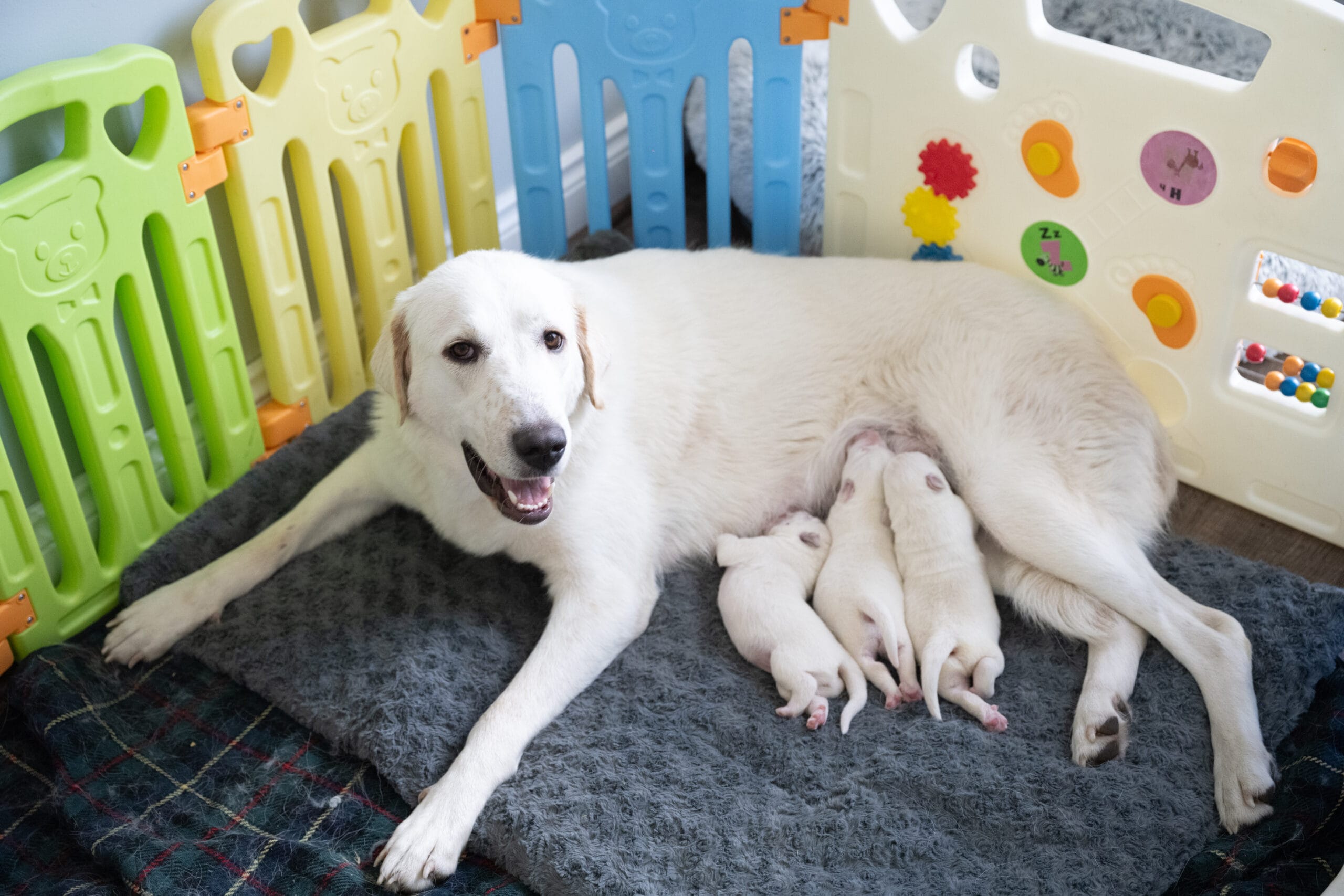
Why the First 8 Weeks Shape Your Puppy: The Breeder's Role
Most people don’t meet their puppy until 8 weeks of age. By then, they’re wide-eyed, full of curiosity (and a little mischief), and ready to explore the world. But what most owners don’t realize is that by the time that puppy walks into your home, the blueprint for who they are is already forming and it started the moment they were born.
The first 8 weeks of a puppy’s life lay the foundation for their behavior, their emotional stability, their ability to learn, and their ability to connect. It’s a stage that takes place completely outside the owner’s hands, yet it shapes everything that comes after.
So if you’re wondering what actually happens in those early weeks and why it matters so much, keep reading. Because understanding this phase can change how you raise, train, and even choose your dog.
Most people don’t meet their puppy until 8 weeks of age. By then, they’re wide-eyed, full of curiosity (and a little mischief), and ready to explore the world. But what most owners don’t realize is that by the time that puppy walks into your home, the blueprint for who they are is already forming and it started the moment they were born.
The first 8 weeks of a puppy’s life lay the foundation for their behavior, their emotional stability, their ability to learn, and their ability to connect. It’s a stage that takes place completely outside the owner’s hands, yet it shapes everything that comes after.
So if you’re wondering what actually happens in those early weeks and why it matters so much, keep reading. Because understanding this phase can change how you raise, train, and even choose your dog.
What’s Actually Happening in Those First 8 Weeks?
From the outside, it looks simple. Puppies eat, sleep, wrestle, and repeat. But beneath all of that, their brain and nervous system are developing at lightning speed. Just like infants, puppies move through distinct stages during this time and each one plays a role in shaping how they see the world.



0 to 2 Weeks: Survival Mode
Newborn puppies are born blind, deaf, and completely dependent on their mother. They can’t regulate their own body temperature or eliminate waste without her stimulation. Their world is warm, dark, and quiet. At this point, their main job is to survive and grow.
2 to 4 Weeks: The World Starts to Open
Around two weeks, their eyes and ears begin to open. Now they can hear sounds and see movement. They start to recognize littermates and will begin to stand, wobble, and toddle around. They’re also starting to experience cause and effect; what happens when I crawl this way, or cry out, or bump into something?
It’s during this stage that gentle human interaction can begin to shape their early impressions. They’re beginning to file away what’s “normal” and what’s not, even if they don’t consciously understand it yet.
4 to 8 Weeks: Social Learning in Overdrive
This is when things really start to matter. By 4 weeks, puppies are beginning to explore, play, bite, bark, and interact in more complex ways. Through play, they learn how to read other dogs, how hard is too hard when they bite, and what happens when they push limits. Their mom will begin setting boundaries, nudging them away, correcting with a growl or a look, and eventually weaning them.
These lessons become the building blocks for adult dog behavior. This is how puppies begin learning impulse control, bite inhibition, frustration tolerance, and social awareness.



The Role of the Breeder: It Matters More Than You Think
Since most puppies live with their breeder during this time, the breeder becomes the environment. And that environment, for better or worse, will shape the puppy’s emotional foundation.
A great breeder is doing more than just keeping puppies alive. They’re:
- Handling them daily in a calm, intentional way
- Exposing them to different surfaces, sounds, and objects
- Allowing short periods of crate time or separation to teach resilience
- Supervising gentle play to encourage confidence
- Creating positive associations with people, touch, and routine
The goal isn’t to “train” the puppy, but to nurture emotional stability. They’re not being taught commands, but they’re learning that the world is safe, that people are kind, and that new things aren’t scary.
This is what we mean when we say the puppy is being socialized. Not just to people or other dogs, but to life itself… noises, textures, boundaries, routine, and emotion.
What Happens When This Stage is Missed?
When breeders don’t put in this kind of effort, or worse, when puppies are raised in isolation, dirty environments, or complete chaos, it shows. Not just in behavior, but in how that dog experiences the world.
Here’s what we often see in puppies who missed proper early development:
- Panic when touched, restrained, or picked up
- Overreaction to normal household sounds
- Extreme mouthiness or biting without self-control
- Inability to settle or be alone without crying or destructive behavior
- Aggression that stems from fear, not dominance
Now to be clear, these things can be helped later with the right training. But it’s much harder to rewire fear-based behavior than it is to build confidence from the start. It’s like teaching a toddler how to self-soothe when they’ve never been comforted. You can make progress, but it takes time, patience, and a completely different kind of work.
The Bottom Line: Those Early Weeks Matter More Than You Think
By the time you meet your puppy, they’ve already formed opinions about the world. They’ve already begun to decide whether people are safe, whether noise is scary, and whether they have control over their environment.
That’s why choosing the right breeder is so important to how the puppy will integrate into your life.
And if you’re already bringing a puppy home, don’t worry. You’ll still have time to reinforce what’s been built or to gently fill in the gaps if something was missed.
At Training That Lasts, we work with all kinds of dogs. From confident pups with a great start to reactive, fearful rescues who didn’t get one. But what we know from experience is this: The earlier you shape the way a dog experiences the world, the easier it is to guide who they become in it.
Want to Learn What Comes Next?
We’ve got you covered. In our next post, we’ll walk through 8 to 16 weeks the critical “socialization window” that every dog owner should know about. Because what happens in that stage can either build on a solid foundation… or start the process of repair.
And if you’re getting a puppy soon, or have one at home now, we offer real-world, relationship-based training that works with their natural development, not against it.
Reach out to learn more about our Puppy Training programs. We’re here to help you build a dog you can live with, not just one that listens.
Table of Contents
Our Services
Lets Work Together!
Our Consultation Assessment form is the perfect starting point for us to help you and your pet. We understand how difficult it can be to manage your dog’s behavior, especially if you’re away on vacation or busy with work. Our team of experienced trainers will evaluate your dog’s needs and develop an individualized training plan to get them back on the right track. With our assistance, you can rest assured that your pet will receive the best care possible.
Hoosier Canines | Midwest's Most Reputable Bernedoodle Breeder

At Training That Lasts, we’re proud to partner with Hoosier Canines, one of the Midwest’s e. Their dedication to early development, ethical breeding, and hands-on care aligns perfectly with our belief that the first few weeks of a bernedoodle’s life shape everything that comes after. If you’re looking for a breeder who does it right from the very beginning, Hoosier Canines sets the standard.




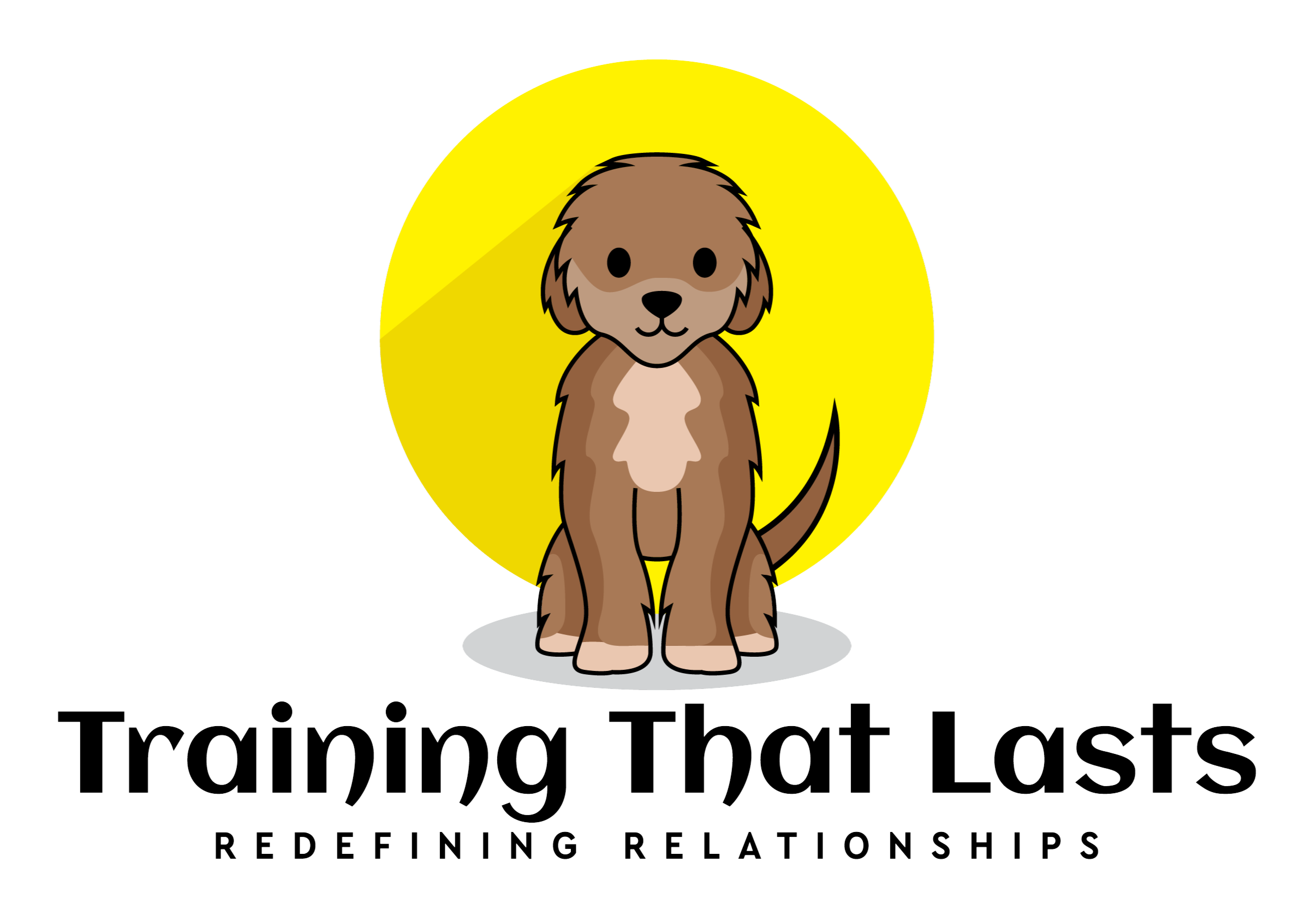
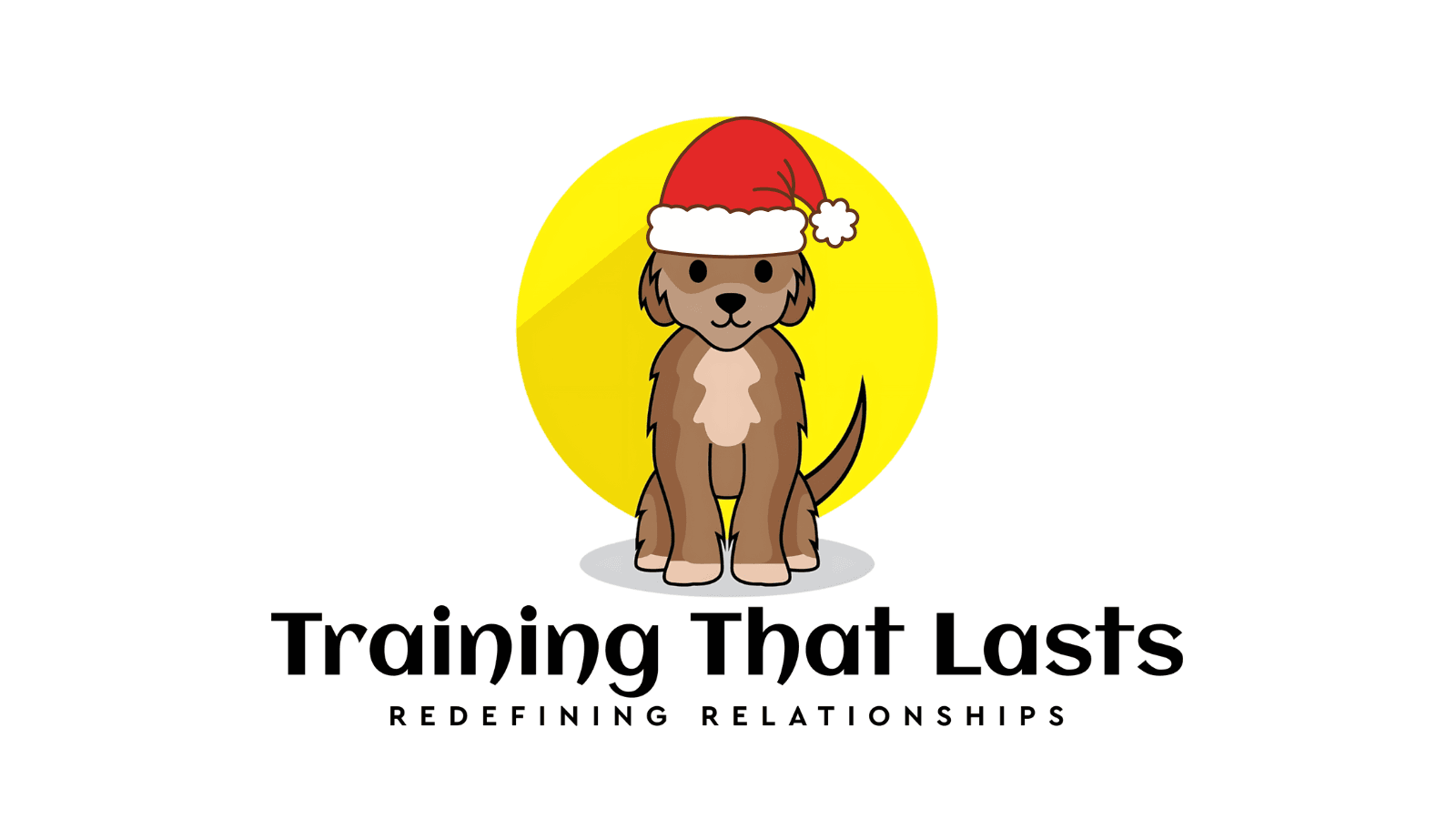
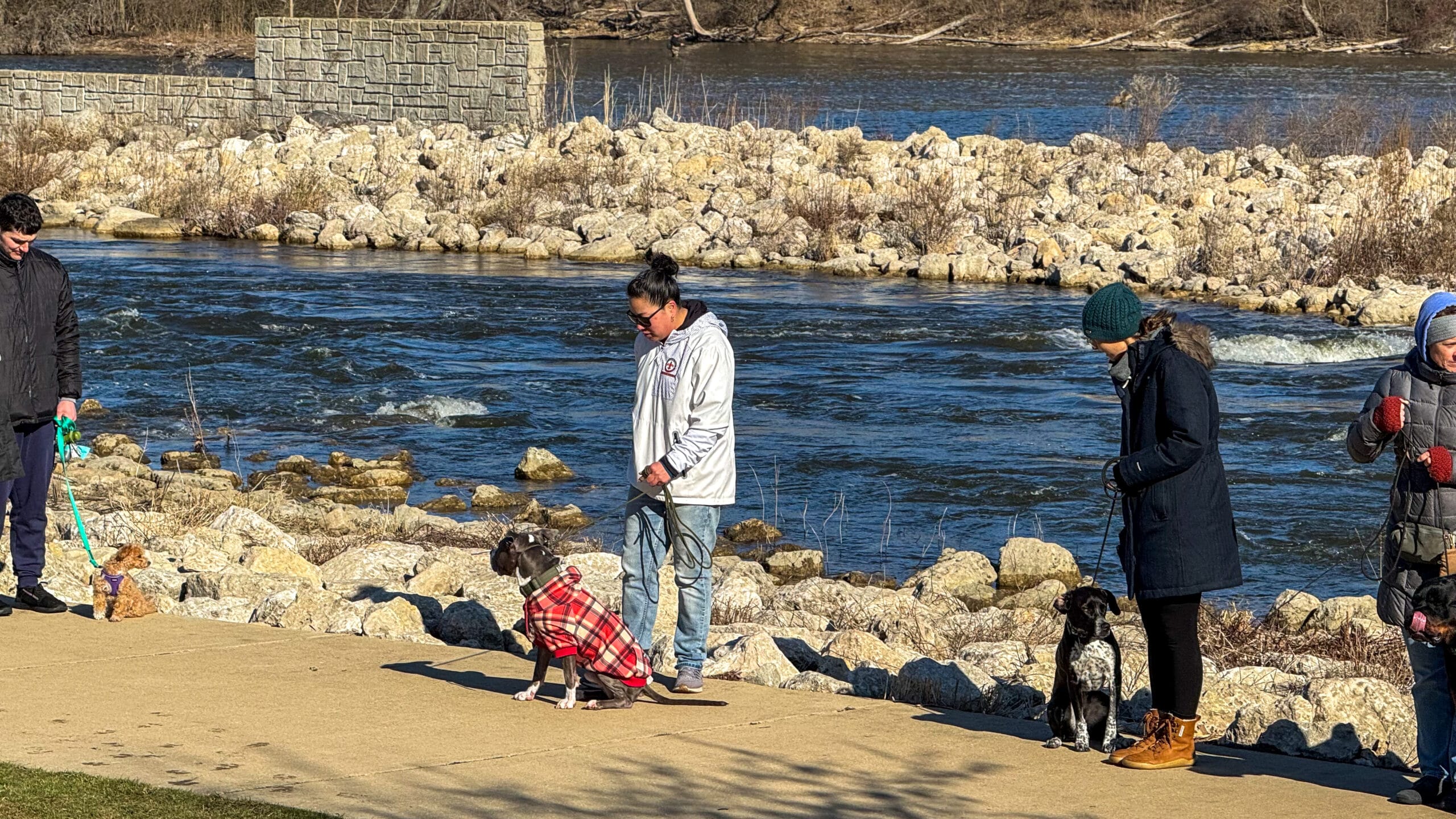
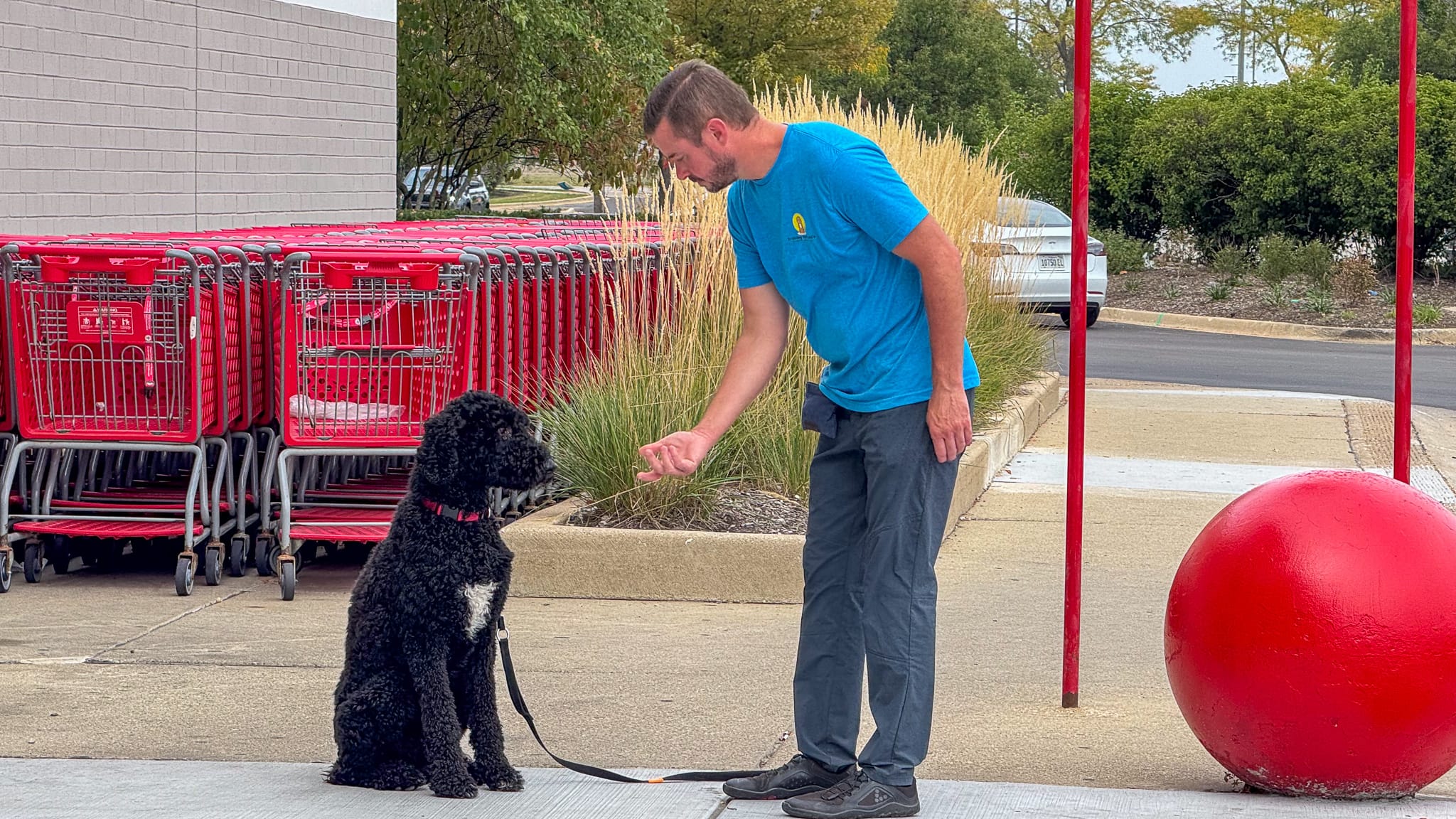
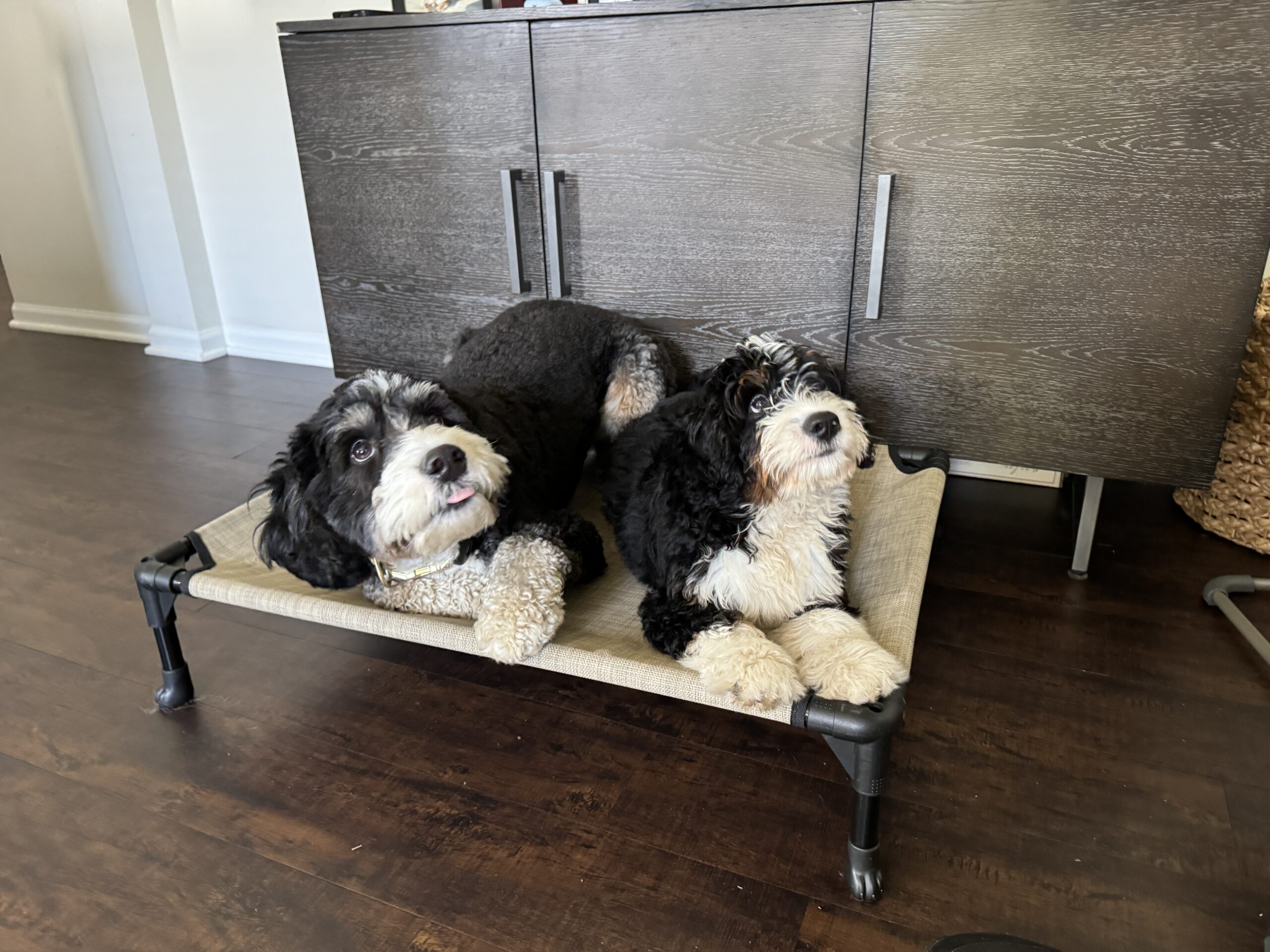

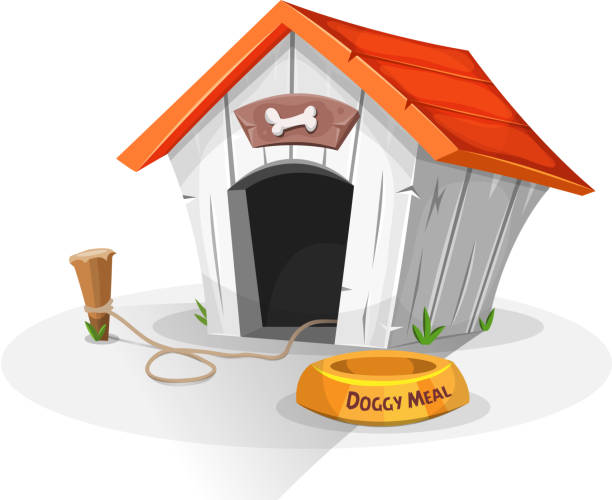
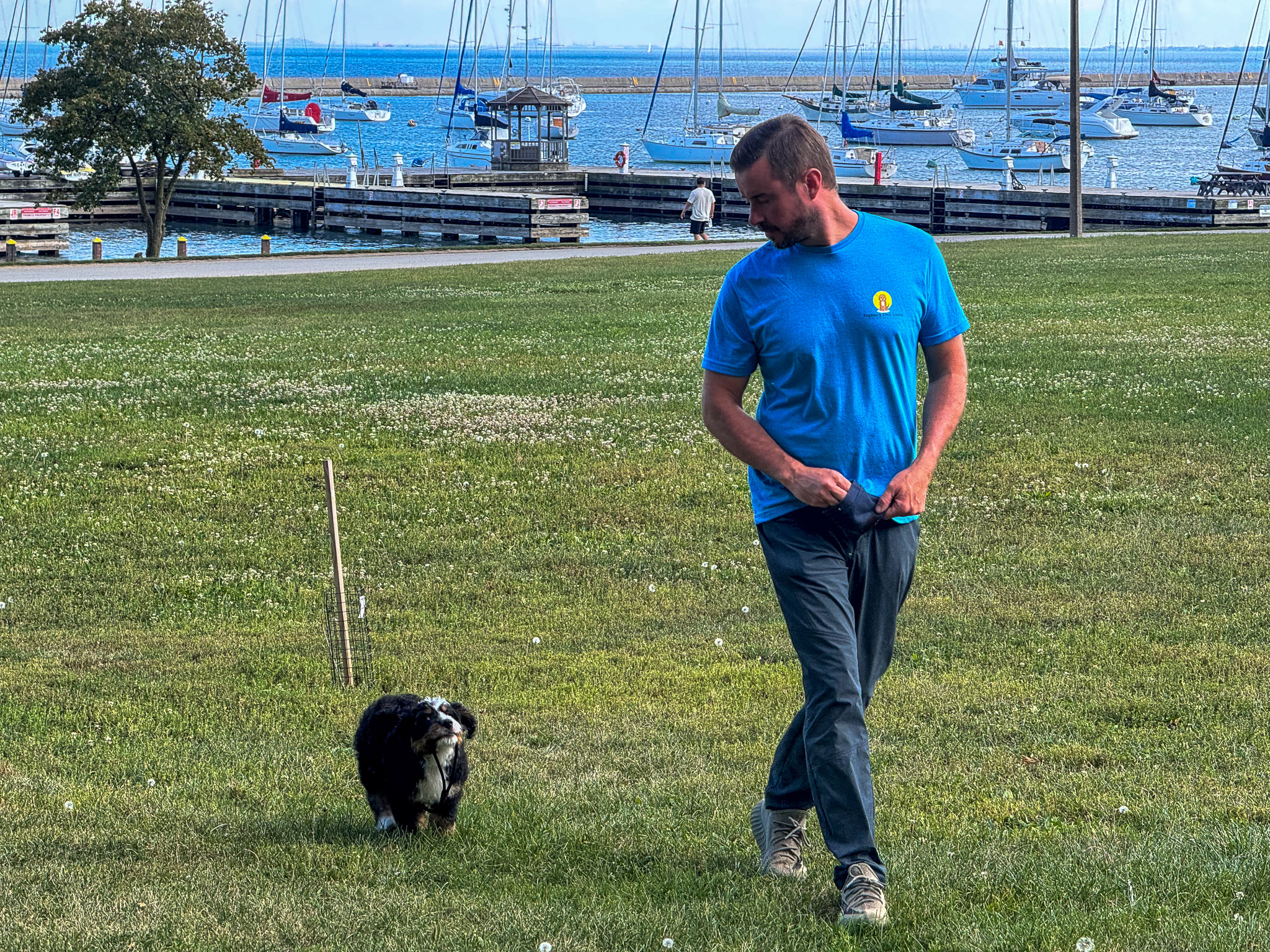
3 Responses